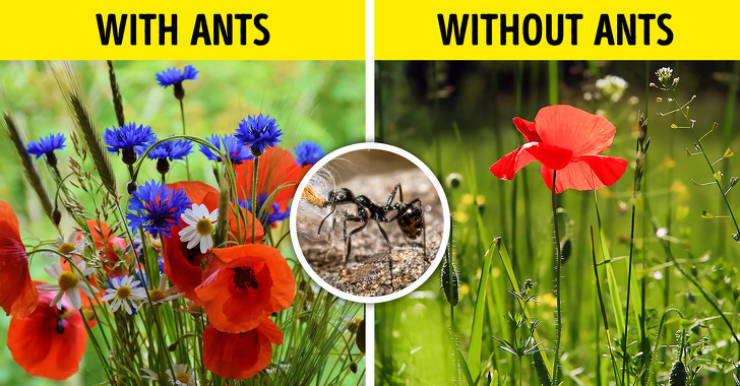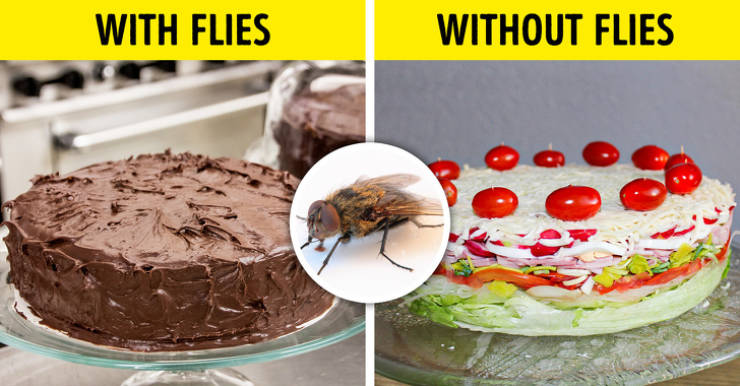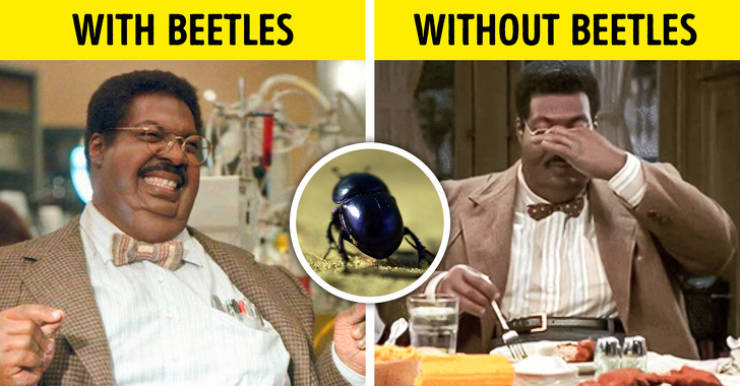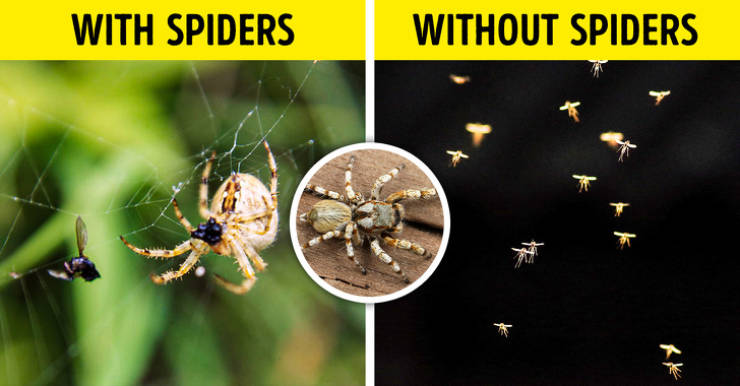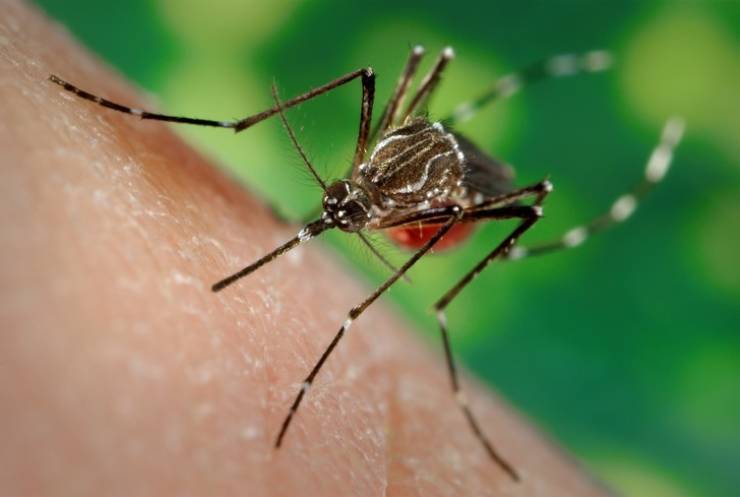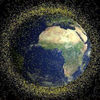Without bees, flowers and food will disappear.
The environmental charity, Earthwatch declared bees as “the most important living being on the planet.” In addition to being the honey producers, they are the main pollinators of the animal world, the cornerstone of the natural process that allows the generation of seeds and fruits. Without this pollen transport, the production of agricultural crops in the world would decrease by 30% and the flowering plants would disappear by 90%.
Despite being key in human food security and biodiversity, 30% of the population of these insects has declined in the last decade and is close to extinction in some countries. Among the main factors that threaten the species are climate change and the use of agrochemicals. Perhaps the episode of Black Mirror in which artificial bees are created to fulfill the function of the real ones is not so far from becoming a reality.
Cockroaches play a key role in the nitrogen cycle.
Cockroaches are among the most hated animals and there are plenty of reasons for that. Beyond their visual appearance, they’re transmitters of bacteria, they cause allergies, and leave feces in the places they pass through. However, it’s estimated that only 20 species of the more than 3,500 that exist are those that annoy human beings.
Far from cities, cockroaches are a source of food for small mammals, birds and reptiles. In addition, they consume decomposing matter and the excrement they leave is full of nitrogen, an essential element for plant growth. So without these insects, an imbalance in the ecosystem would be created, both in the animal and plant world.
Ants disperse seeds and boost biodiversity.
It will be difficult for ants to disappear, estimated at between 1,000 and 10,000 billion and with a presence on all continents, except Antarctica. But a world without these insects would bring enormous problems for human beings since they fulfill multiple beneficial ecological functions, such as the elimination of pests and the aeration of soil.
Although there are more than 14,000 species of ants with very different characteristics, some of them disperse the seeds that fall from plants to the ground. Others play a role in pollination. They are also food for several species including the famous anteater and even people in some cultures. In turn, they feed on decomposing matter, so they help clean and take advantage of organic waste.
A world without flies is a world without chocolate.
Flies are insects with a bad reputation. They’re related exclusively to dirt, disease transmission, and that annoying buzzing sound that resonates in the ear and prevents sleep. All these characteristics are true, but they also generate a positive impact that is almost never spoken about and that makes it easier for humans to survive on Earth.
If flies were extinguished, the consumption and elimination of animal carcasses would only be left to bacteria and fungi, and the process would take much longer. They are also exceptionally necessary to recycle fecal matter and some species are active pollinators. Ceratopogonids, for example, are important pollinators of tropical crops such as cocoa, which allows the existence of chocolate.
Beetles are nature’s recyclers.
There are about 375,000 species of beetles, which makes it the most diverse insect in the world. Many of them are considered pests and they cause large crop losses. For example, the pine weevil or bark beetle is considered the most destructive forest pest for pine forests in Mexico and Central America.
But other species have a positive impact. For example, the ladybug feeds on aphids and helps control this insect that attacks crops. The coprophages also play a fundamental role: they are the largest manure recyclers and they also bury them, which fertilizes the soil. Without this action, the accumulation and smell would be unbearable for the ecosystem.
Crickets indicate soil health and are a nutritious food.
Crickets and the melodic sounds that they make at night are in danger: a report in which more than 150 international specialists participated alerted that 25.7% of the 1,082 species that exist of that insect along with grasshoppers could become extinct in Europe. Cultivation in the places of their original habitat and the use of pesticides are the main causes of this threat.
There are several reasons why these orthopterans should not disappear: they’re a source of food for birds, reptiles, and even humans. Chapulines are a dish of Mexican cuisine that provides a large amount of protein and low fat. On the other hand, these species indicate the health and biodiversity of the lands with pastures.
Spiders are effective predators of plant pests.
Spider-Man is one of the most popular superheroes, but very few want to have a real spider in their homes and their webs are welcome only if it’s a Halloween decoration. Arachnids are not insects, but they’re on this list since they’re not very dear to humans either and yet they play an important role around us.
Most species that live with men are not dangerous or aggressive. They live in habitats where there is life and they’re important for the ecosystem, mainly as predators of insects and other spiders. If extinguished, flies and mosquitoes, that in some cases are carriers of diseases, would become a plague without a break.
BONUS: Mosquitoes and gnats seem to be the exception.
These insects are the most dangerous in the world for humans, are responsible for the death of more than a million people every year, and are transmitters of infectious diseases such as malaria, yellow fever, dengue, chikungunya, and Zika. That’s why so many people hate them so much!
There is no single opinion among scientists about what would happen if the 3,500 species of mosquitoes that exist would disappear. It is true that it would cause a problem for insects, spiders, salamanders, lizards, and frogs that eat them, but studies suggest they might find another source of food. However, it is believed that other animals could not adapt to their new diet and would disappear as would be the case of the mosquito fish, generating an effect on the entire food chain.



